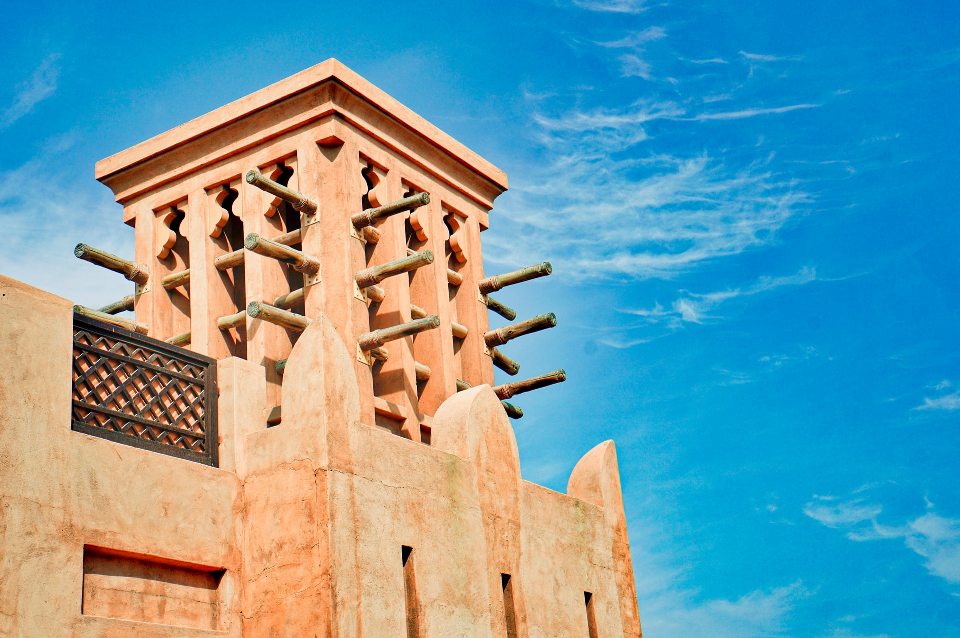As-Nas: Ancient Card Game of the Middle East

Card games are one of the most enduring pieces of culture. In ancient times, games traveled around the world with merchants, leading to a diverse mix of rules, playing cards, and variations of classic games.
For example, poker is one of the most popular card games. The game is played around the world, from Macau to Atlantic City, as well as in plenty of informal friendly circles. However, not many know that the game’s origins stretch back millennia.
Some argue that poker began in the 10th century in China. At the time, the game resembled a mix of dominoes and cards before it moved west along the Silk Road. From there, a game called ‘primero’ took off in Spain and, not long after, became ‘poque’ in 1600s France.
These early variations relied on a three-card draw and plenty of bluffing. As French colonists crossed the Atlantic and settled in New Orleans, Louisiana, the game’s name slowly changed according to the local dialect. Thus, poque became poker.
Still, few origin stories paint a clear picture, and poker isn’t the only card game with an elusive past. Today, the game of blackjack is just as popular as poker, with blackjack casino offers available online from the most competitive gaming brands. The game has been played for centuries in countries like France and Italy, where it was known as ‘vingt-et-un’. Much like poker, the card game changed when colonists took it abroad to North America.
However, every card game has multiple origin stories, and there’s another version regarding the history of poker. In this version, the game’s origin story isn’t in ancient China, but instead in the Middle East where the game evolved from the Persian card game known as As-Nas.
Legends of As-Nas
The timeline surrounding the popularity of As-Nas is difficult to establish. European records indicate As-Nas dates back to the 17th century, at which time the card game was played alongside classic Ganjifa card games.
Ganjifa is a card game (and type of playing cards) that was popular in Persia and India for centuries, dating back all the way to the 12th century AD. As-Nas, like Ganjifa, was known throughout the Arabic world, renowned not only for entertainment but also for the card’s beautiful designs.
With As-Nas dating back to the 17th century, there’s food for thought regarding the relationship between As-Nas and Spain’s primero. The Iberian continent and Arabic worlds were closely intertwined for centuries, and it’s likely that activities like card games were shared inter-culturally.
Could it be that As-Nas travelled west from Persia, all the way to the Iberian Peninsula? The jury is still out regarding As-Nas’s relationship to primero and, down the line, the modern game of poker. Let’s take a closer look at the rules and nuances of As-Nas.

Rules of As-Nas
As-Nas is played with five individual card designs rather than the standard fourteen card designs of the modern playing card deck. Each of the game’s five designs are repeated four or five times to equal a total of 20 or 25 cards.
The cards are ordered in terms of highest worth to lowest by an As (ace), Shah (king), Bibi (lady), Serbaz (soldier), and Couli or Lakat (dancers or musicians). As refers to the ace card, but Nas means ‘people’ in Persian and Arabic.
In the game, a dealer deals five cards per player, moving to the right. The first player assesses their hand, then decides whether to raise the bet or to call. From there, the dealer moves on to the second player. In As-Nas, it’s also possible for a player to call without looking at their cards (known as a ‘straddle’ in modern poker).
Bluffing is a key component of As-Nas, in which players attempt to force others to fold or raise their bet. When players are finished raising, the dealer flips all cards and the player with the best hand wins. Sounds like a pretty standard game of poker, right?
One of the major differences between As-Nas and poker is the deck of cards. Because As-Nas uses only 20 or 25 cards, there aren’t any flushes or sequences. A ‘full’ is a three and a pair, then come threes, then two pairs, and lastly, a single pair.

Design of As-Nas Playing Cards
While the rules behind As-Nas may sound a lot like a game of Texas Hold’em or Stud poker, the designs of the playing cards are one major distinction. Standard playing cards in the west were utilitarian, with simple designs. However, As-Nas cards are still on display at major museums around the world because of their beauty.
Like Ganjifa cards, As-Nas cards were traditionally hand-painted. Rather than depict a doubled image like modern playing cards (which can be reversed), cards had only one direction. Unlike modern cards, the ancient Persian game didn’t label the title of the card.
Instead, players relied on background colors to immediately distinguish what their cards were worth without giving away their hand at the table. Generally speaking, the As card had a black or very dark background, the Shah had green, the Bibi had yellow, the Serbaz had gold or yellow, and the Couli/Lakat had red.
The As card was painted with animals, ranging from dragons, to leopards, to lions—though some variations also included hunters or celestial depictions. Though today’s playing cards aren’t nearly as decorative, they can still be used to play As-Nas.
The easiest way is to take the aces, kings, queens, jacks, and 10s from a standard set of playing cards and use them as the As, Shah, Bibi, Serbaz, Couli/Lakat cards respectively. Those looking to truly mimic the ancient game can instead take five sets of cards and take out one ace, king, queen, jack, and 10 of each suit in order to fully replicated As-Nas’ card system.
Unfortunately, As-Nas is no longer played today in modern gaming circles. However, its rich history gives plenty for avid gamers to think about—especially when they’re sitting down to play poker.
However, certain variations of the modern game, like 5-card stud poker, are so similar that they hark back to the storied history of As-Nas. Though the Persian game may not be as popular anymore, its legacy continues.
3 comments
Leave a Reply